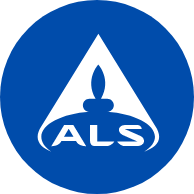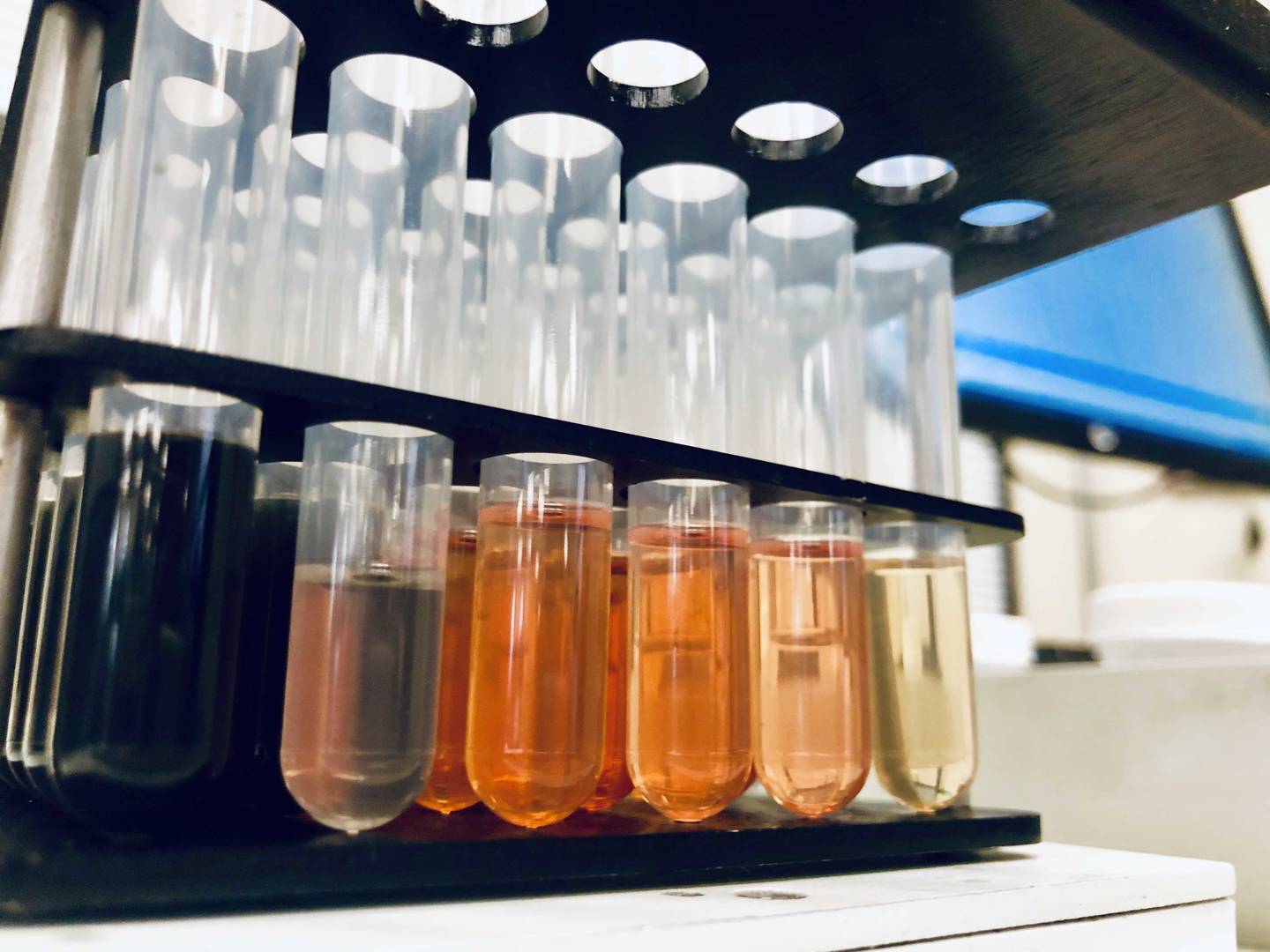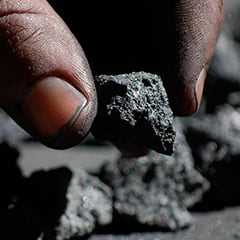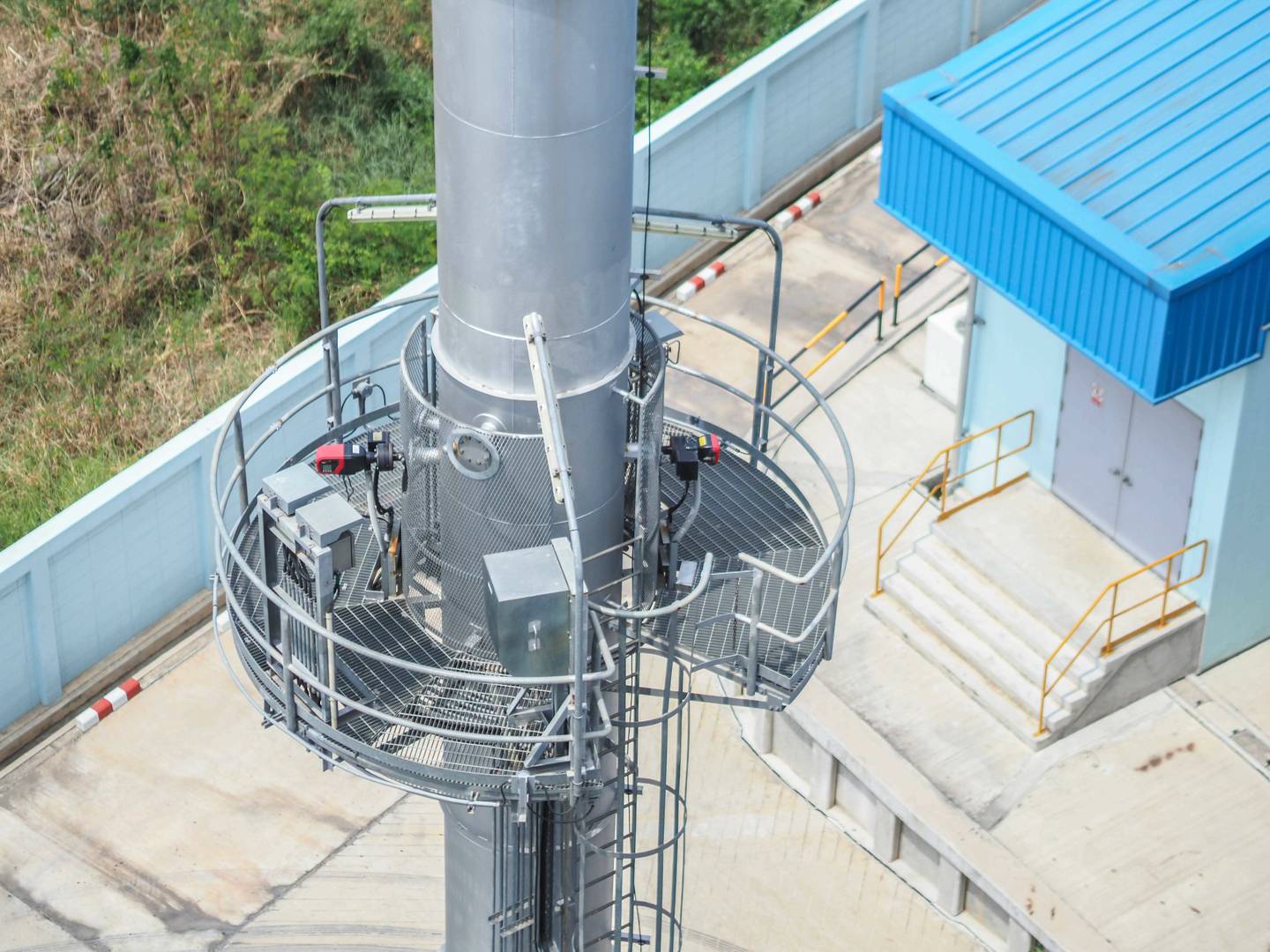POLYCHLORINATED DIBENZO-P-DIOXINS AND POLYCHLORINATED DIBENZOFURANS (PCDD/F)
Samples are collected through a PUF or XAD trap module, sometimes with liquid impingers (glycols). The sorbent (XAD-2 or PUF, glycol) is then extracted by organic solvents, precleaned by multiplied column chromatographies, and the final extract is analysed by HRGC-HRMS. The method is optimized for the 17 most toxic PCDD/F congeners and for chlorohomologue groups from tetra- to octa- CDDs and CDFs (All 210 chlorinated dioxins and furans).
POLYCHLORINATED BIPHENYLS (PCB)
Samples are collected through PUF or XAD trap module. The sorbent (XAD-2 or PUF) is then extracted by organic solvents, precleaned by multiplied column chromatographies, and the final extract is analysed by HRGC-HRMS. The method is optimised for indicator PCBs (PCB-7), coplanar PCBs (dioxin-like PCBs) and for chlorohomologue groups from mono- to deca- chlorinated biphenyls (All 209 PCBs).
POLYAROMATIC HYDROCARBONS (PAH)
Samples are collected through PUF or XAD trap module. The sorbent (XAD-2 or PUF) is then extracted by organic solvents, pre-cleaned by multiplied column chromatographies, and the final extract is analysed by HPLC or by HRGC-HRMS.
PHENOL FROM STATIONARY SOURCES
Samples are collected by bubbling air through a sodium carbonates (Na2CO3) solution. Samples are analysed by photometry by reaction with 4-aminoantipyrine.
 Search
Search
 English
English
 Login
Login




























































